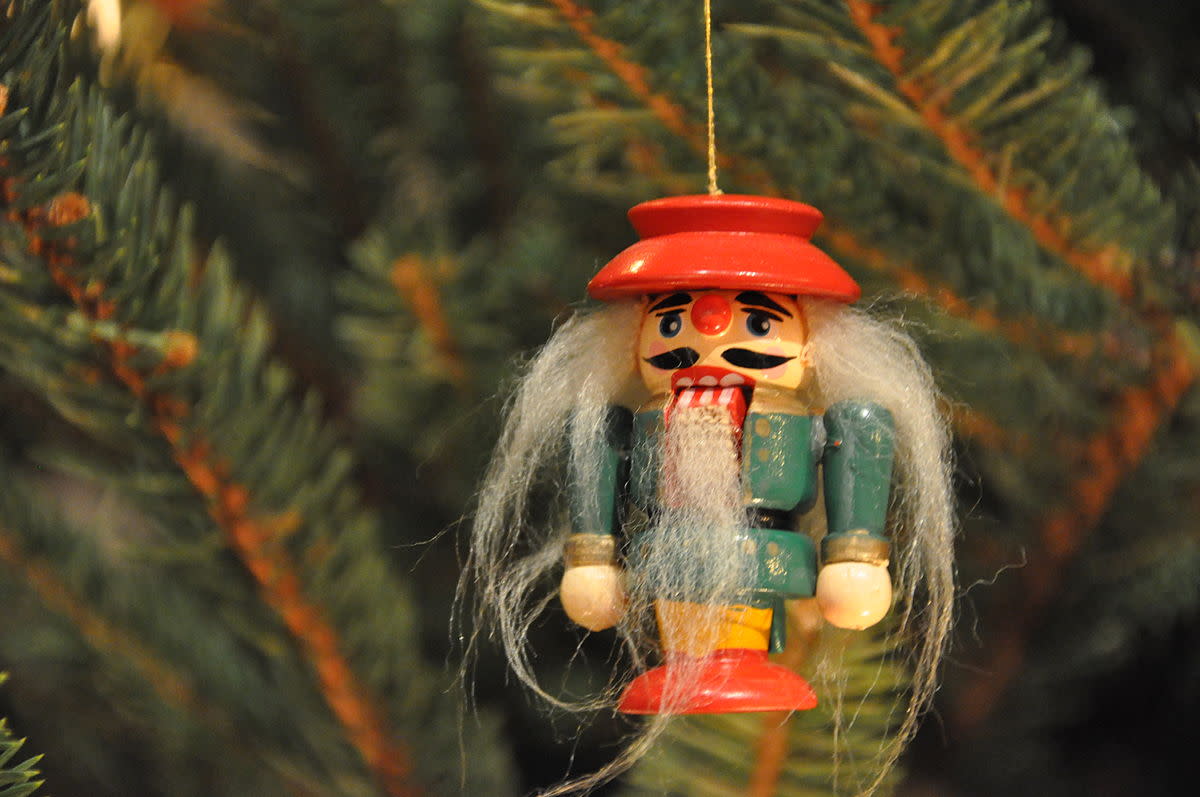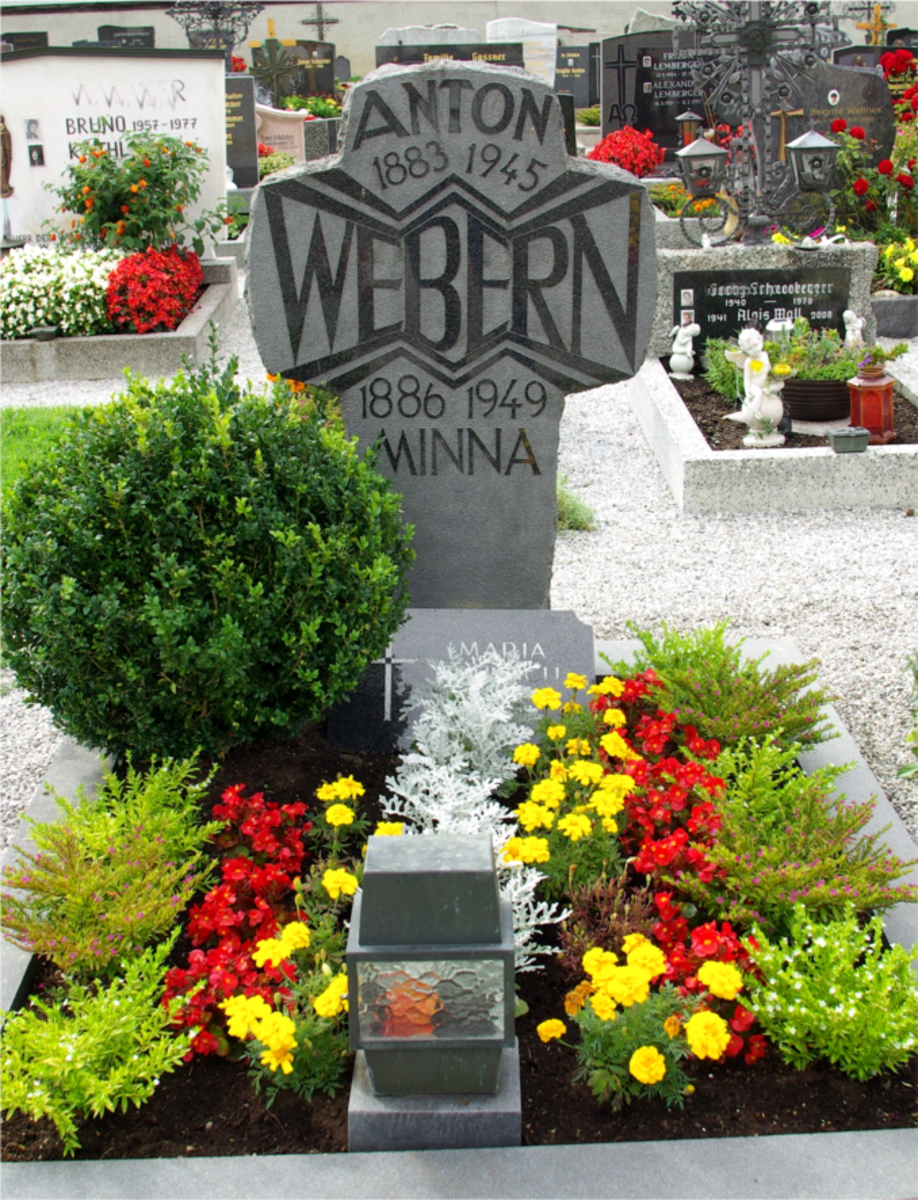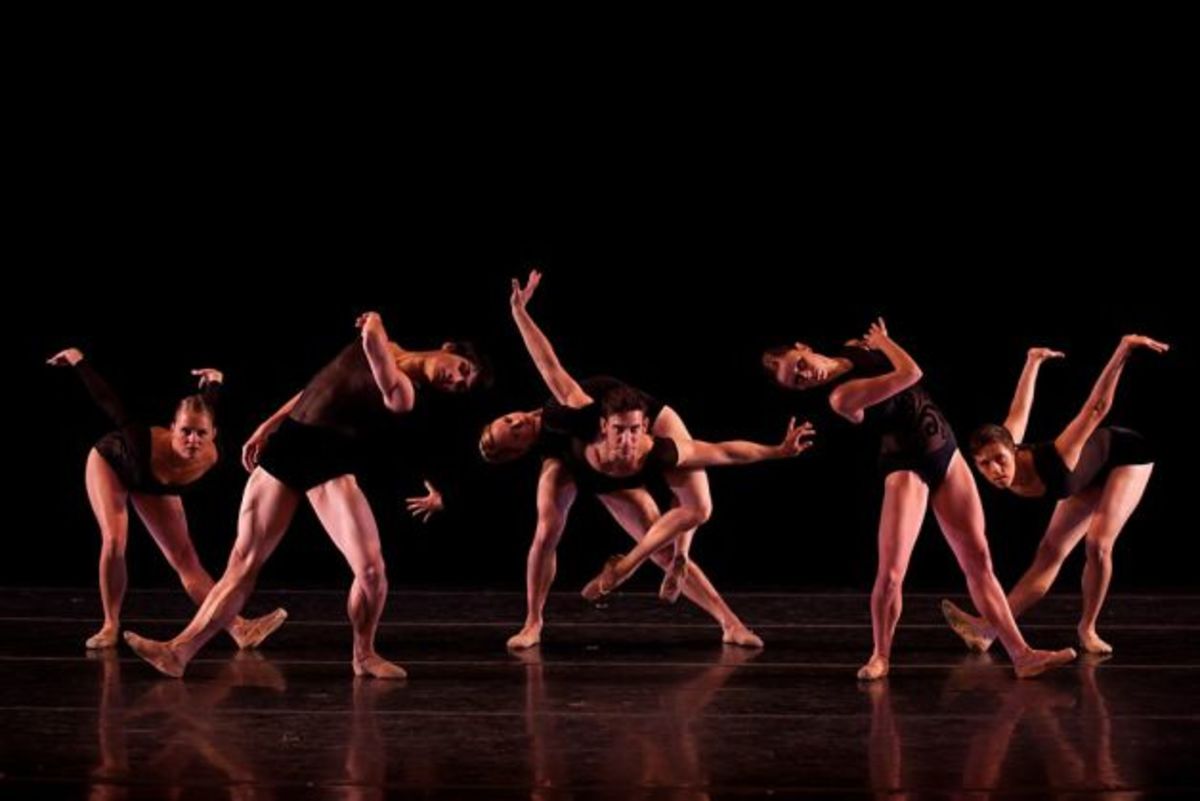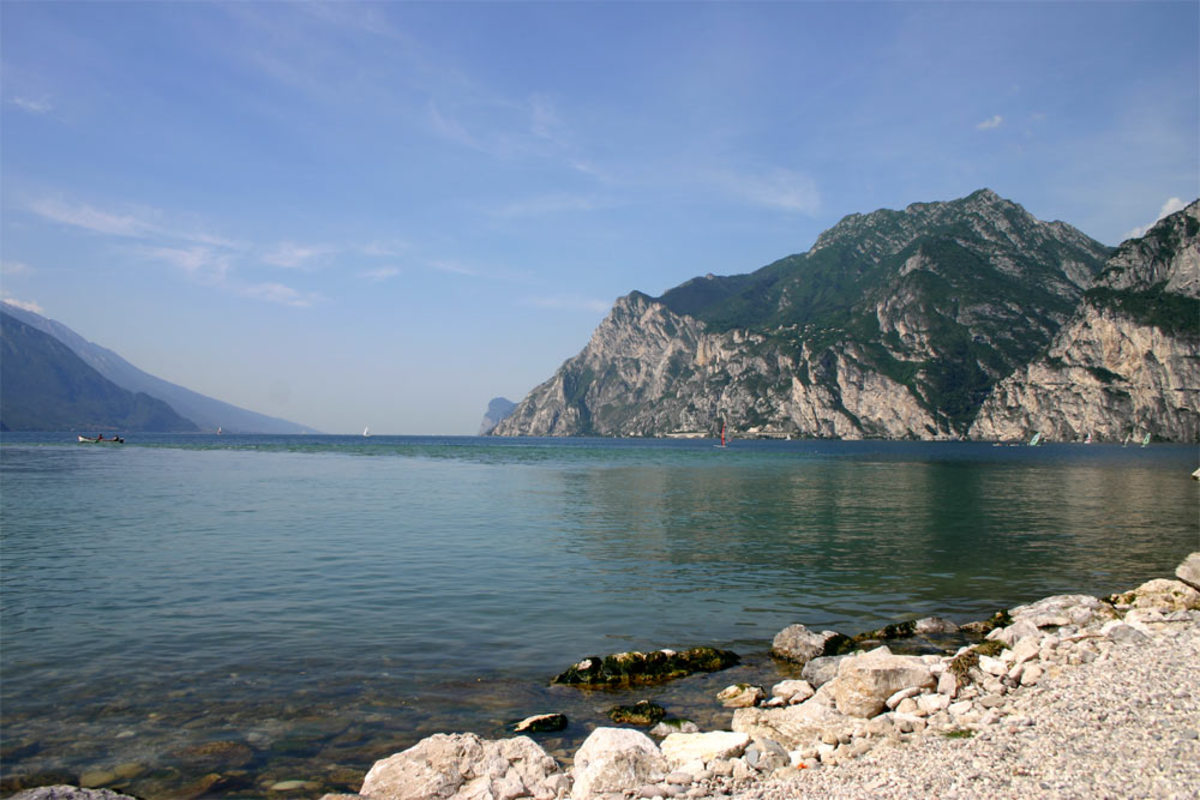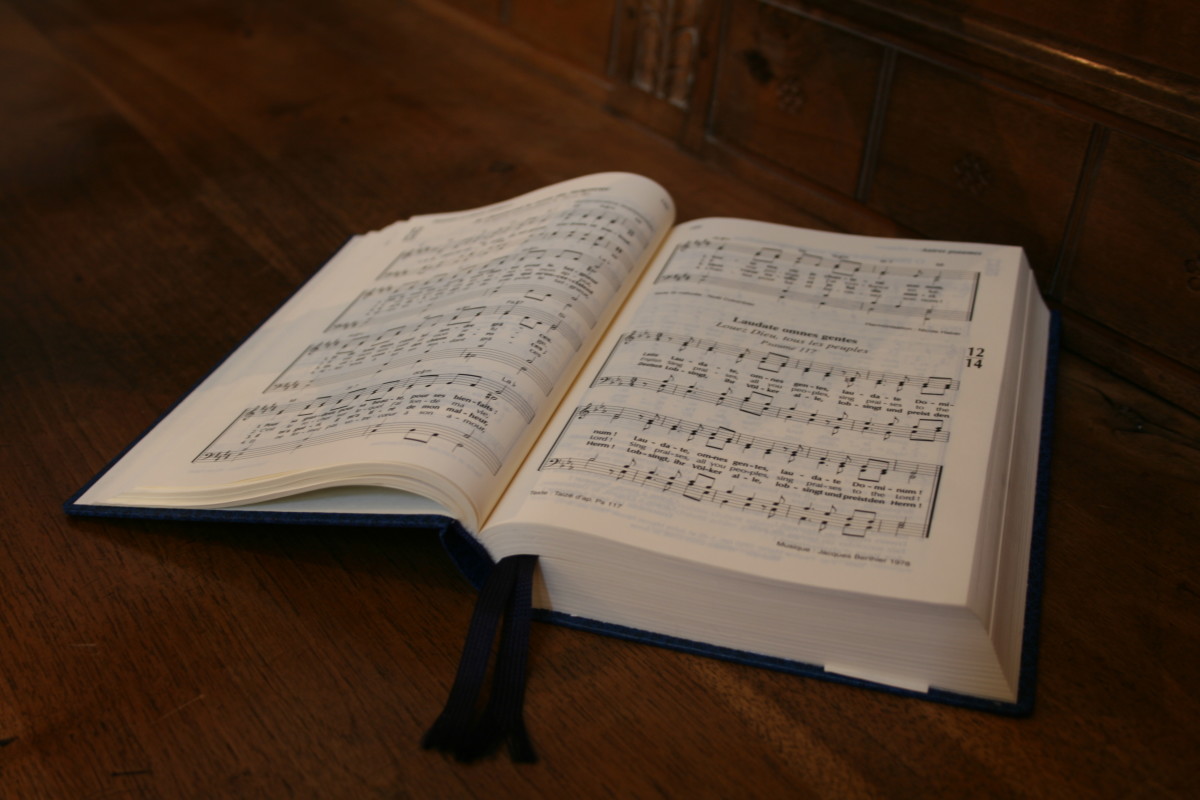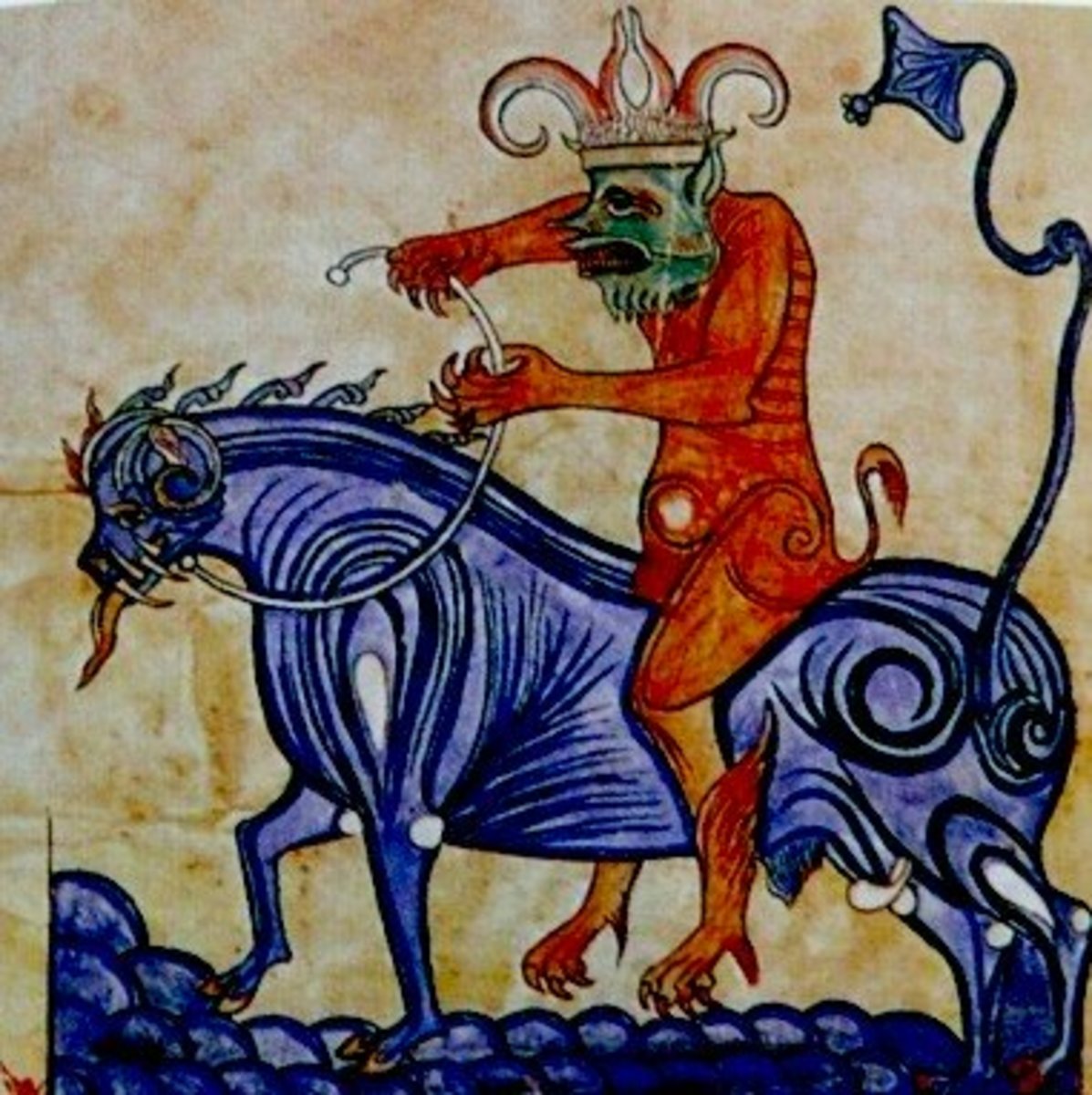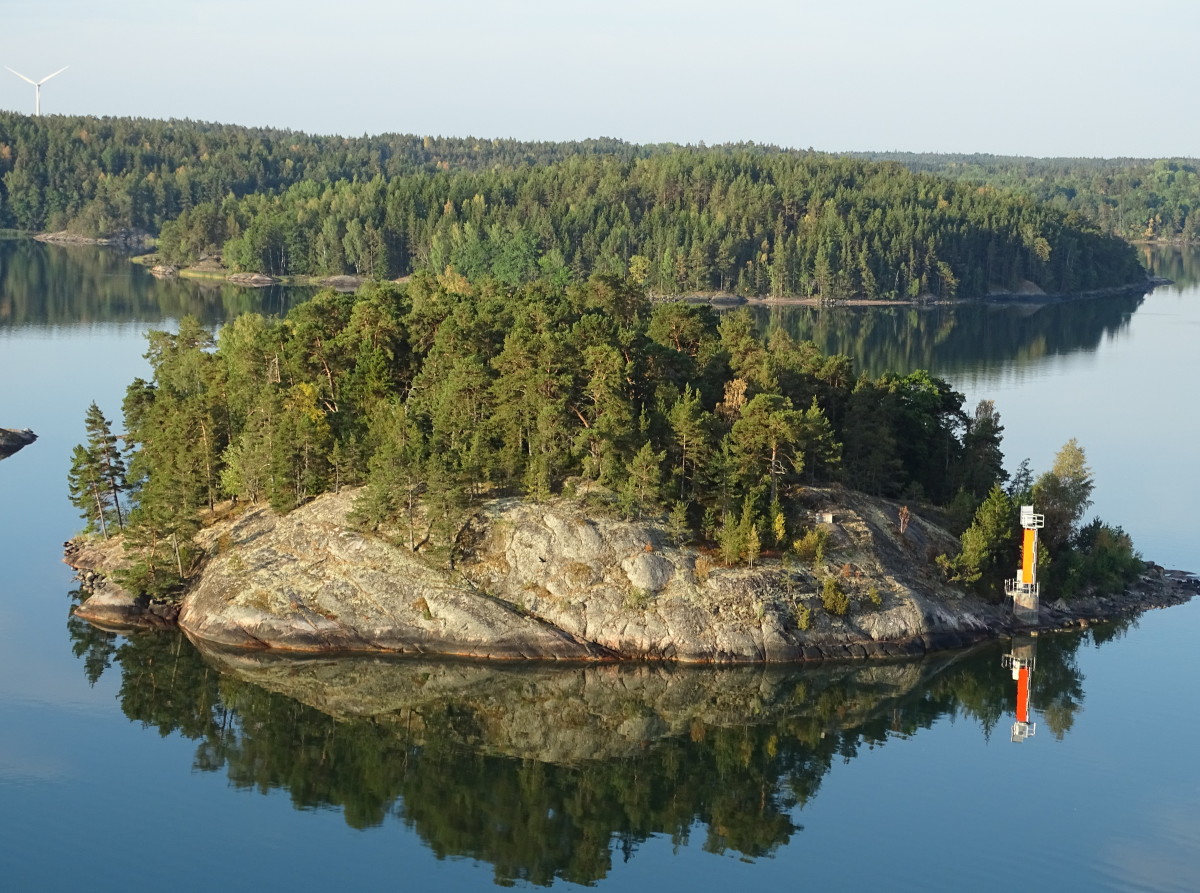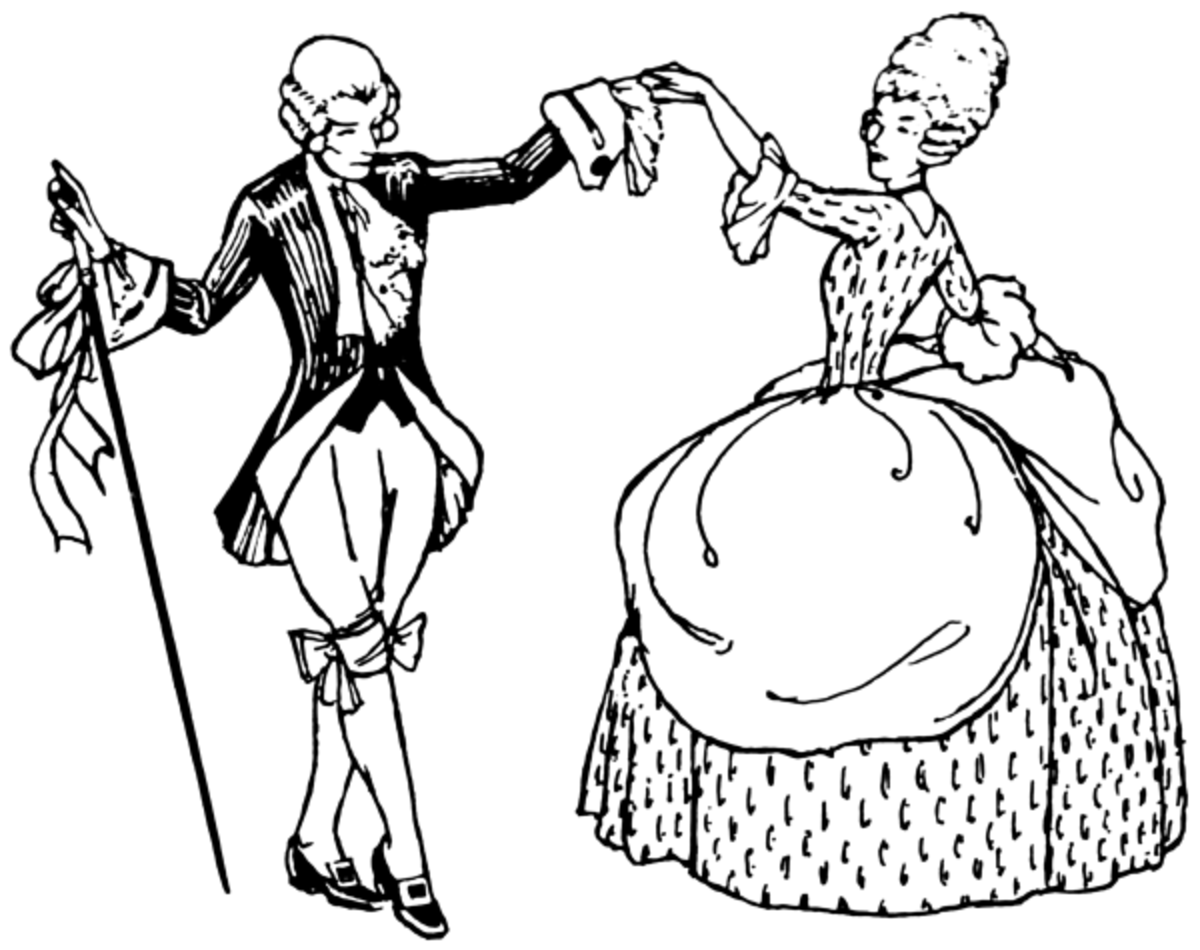Famous 19th Century Ballets
Bolshoi Theater
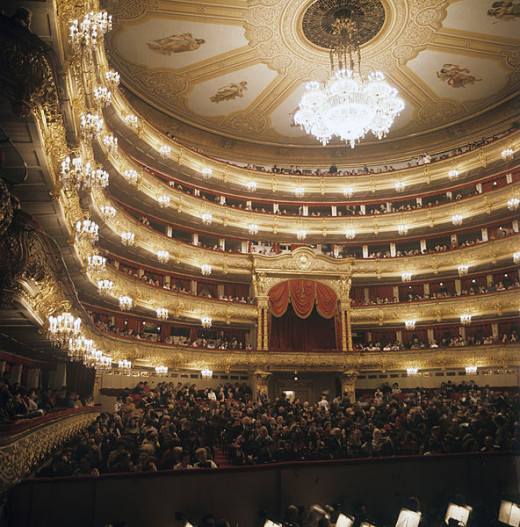
Popular 19th Century Ballets
Famous 19th Century Ballets - performance dance has existed for many centuries. Ballet originated in Italy, then made its way to France and Russia, before eventually spreading across Europe. The French were the first to truly formalize the ballet form and even created a ballet language with different meanings and descriptions to signify different style of dances....
Although ballet existed for many centuries, it wasn’t until the Romantics appeared to the scene in the 19th century that ballet really took off!...
Giselle
Giselle - 1841
Adolphe Adam was a very popular composer in his day. Adam wore many hats: composer, writer, journalist, etc. Nonetheless, we remember him today mainly because of two compositions: Giselle and the famous Christmas carol O Holy Night. The narrative to Giselle was inspired by a poem of Heinrich Heine, and a work by Victor Hugo entitled Orientales. Librettist Theophile Gautier, and choreographer Jules Perrot are two of the ballet’s creators. Giselle is the female epitome of the ballet world, bar none! One of the reasons being the plot itself: in the first act Giselle is alive; in the second act Giselle is dead, but her spirit now lives on. The ballerina is put through some of the harshest dancing conditions in the ballet world - dancing world really - very intense! An old style plot involving a young nobleman who decides to sow his wild oats before marrying and disguises himself as a peasant. Giselle falls in love with this handsome young man and against the advice of her loved ones, gives in to him. When she finally learns the truth, Giselle goes mad and dies! The second act centers around Giselle’s grave. The Wilis (female spirits who were jilted by their lovers and seek revenge on men who’ve done them wrong - the nobleman being one of these men) invite Giselle to join them and exert her due revenge on Albrecht (nobleman) by killing him, but she refuses and affirms her love for the young man. Like most dramas written post Shakespeare, this one ends with love triumphant! Giselle forgives the young man who wronged her from the Wilis’ vengeful death. Adam’s own story is a peculiar one. He was successful, but a big spender, so we’ve been told. He opened up four opera houses in Paris; Adam wrote 39 operas and a few ballets. Towards the end, Adam took up Journalism (he wrote extensively as a young man) and just about everything else under the sun, just to keep his head financially above water; Adam was also a noted teacher and taught at the Paris Conservatory from 1849 through 1858, the year of his untimely death at the age of 52.
Performance of Giselle
Le Corsaire
Le Corsaire - 1856
Another theatrical hit by Adolphe Adam. The libretto of this ballet is based on Lord Byron’s narrative poem of the same name. Today, few mention this poem of Byron; nevertheless, the poem sold thousands of copies on its first day of sales; Byron was probably the most admired and revered poet of his day, especially by the composers of his time. This ballet pales by comparison in fame to Giselle, but it’s still performed today - The Bolshoi Ballet did a revival of the work in 2007. Additionally, the work is in three acts, and like Giselle, requires virtuoso female ballerinas!
Sylvia
Sylvia - 1876
In my personal opinion, Leo Delibes was a more talented composer than Adolphe Adam ever was. However, Delibes did follow Adam's composition techniques of the French Ballet, and this is one of his biggest hits, the other one being Coppelia, which I previously mentioned in this article. The 'Divertissiment' aka 'Pizzicato' from Sylvia is one of the most famous and recognizable ballet pieces ever written and here it is being performed by very young children.
The Famous Pizzicato from Sylvia
Swan Lake
Swan Lake - 1877
This ballet contains some of the most beautiful music that Tchaikovsky ever wrote - especially in the last 10 minutes or so of the work. Swan Lake premiered in Moscow with the Bolshoi Ballet in 1877, Tchaikovsky wrote the score between 1875-1876; the work is in four acts. The tale tells of an evil sorcerer who cursed an entire kingdom by turning them to swans by day and returning them back to human form at night. The sorcerer is bent on his daughter (black swan) marrying the young prince, who has fallen in love with Odette (the princess whom the sorcerer has turned into a swan), after he sees what she looks like in human form. The sorcerer tricks the prince by dressing his daughter in very seductive black clothing (hence the narrative in popular culture about the black swan. And, to deny Odette from experiencing true love so his spell on her isn't broken), and makes her look identical to the protagonist, Odette. Unbeknownst to the prince, he mistakenly declares his love for the sorcerer’s daughter, thinking it was Odette he had proposed to. The sorcerer then tries to holds the prince to his word about marrying his daughter (royalty must keep their word), but the prince and Odette decide they don’t want to live if they can’t be with each other; they both plunge down from a high cliff on to the lake and drown, in this powerful Shakespearean style finale. Angry about love having triumphed over evil, the sorcerer dies.
Note: the work’s main theme/melody is in the minor key, until the finale, when Tchaikovsky finally modulates the main theme to the major key (move to minute 3 on the youtube player below) implying that love triumphs over everything. (known as the Beethoven plan - Beethoven does this in the 5th and 9th symphonies - he starts in the minor key and eventually modulates to the major key in the work's final movements to create a triumphant finale, even though both symphonies are actually in the minor key - 5th Symphony in C minor, 9th Symphony in D minor - the minor keys are typically reserved for sadness and melancholy - major keys for optimism and faith) As a result of this, ballet producers and choreographers have changed the ending of the work with the prince killing the sorcerer and uniting with Odette, and by doing so, changed the ballet's original narrative. This works, because, Tchaikovsky ends the work in a major key, causing an atmosphere of triumph! This performance of Swan Lake, however, stays true to the original narrative and the lovers kill themselves....
Performance of Swan Lake
Sleeping Beauty
Sleeping Beauty - 1889
One of the most original music Tchaikovsky ever wrote. And yet, it has always taken a backseat to Swan Lake and The Nutcracker. Note: Walt Disney loved the music to Sleeping Beauty so much, that he decided to use it as the plot basis and music to his famous animated work of the same name.
The Nutcracker
The Nutcracker - 1892
Arguably the most famous ballet ever written. This tale was taken from E.T.A Hoffmann and has been a hit since it first premiered in St. Petersburg in 1892. The plot centers around a young girl who receives a nutcracker for Christmas, and dreams of him turning into a prince who takes her on the ride of a lifetime.

